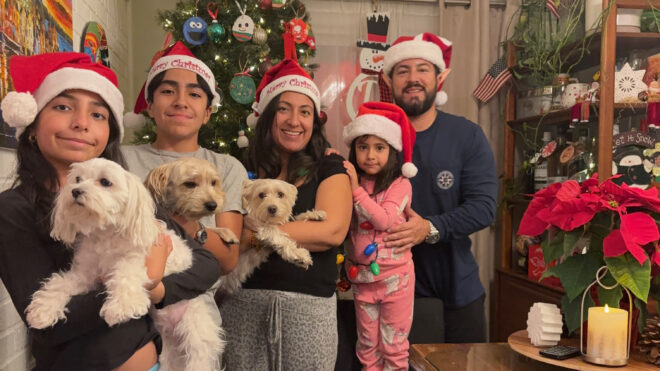
The Day of Our Lady of Guadalupe, observed on December 12 every year, is a public holiday in Mexico. Schools and many businesses are closed. There are feasts, public celebrations, and people from all over Mexico and the world make a pilgrimage to see an image of the Virgin of Guadalupe that is believed to have miraculously appeared on the cloak of an Indigenous Mexican man on December 12, 1531. That image, depicting La Virgen Morena, is in Basilica of Guadalupe in Mexico City. If you are Mexican and Roman Catholic, this day and the Virgin of Guadalupe are significant. But even if you aren't, the history, legend, and story of the Virgin de Guadalupe are fascinating.
More from MamásLatinas: Latino side dishes for your holiday dinner
The holiday commemorates that day back in 1531 when Mary, in the form of the Virgin of Guadalupe, is said to have appeared to Juan Diego and provided him with proof of her existence. There are so many things to know about La Virgen de Guadalupe, the holy mother of México, that are important not just from a religious perspective, but from a historical and cultural perspective as well. She has become the patron saint of Mexico and all of the Americas. Keep reading to learn more about what makes Guadalupe so inspiring and beloved.
Who is Our Lady of Guadalupe?
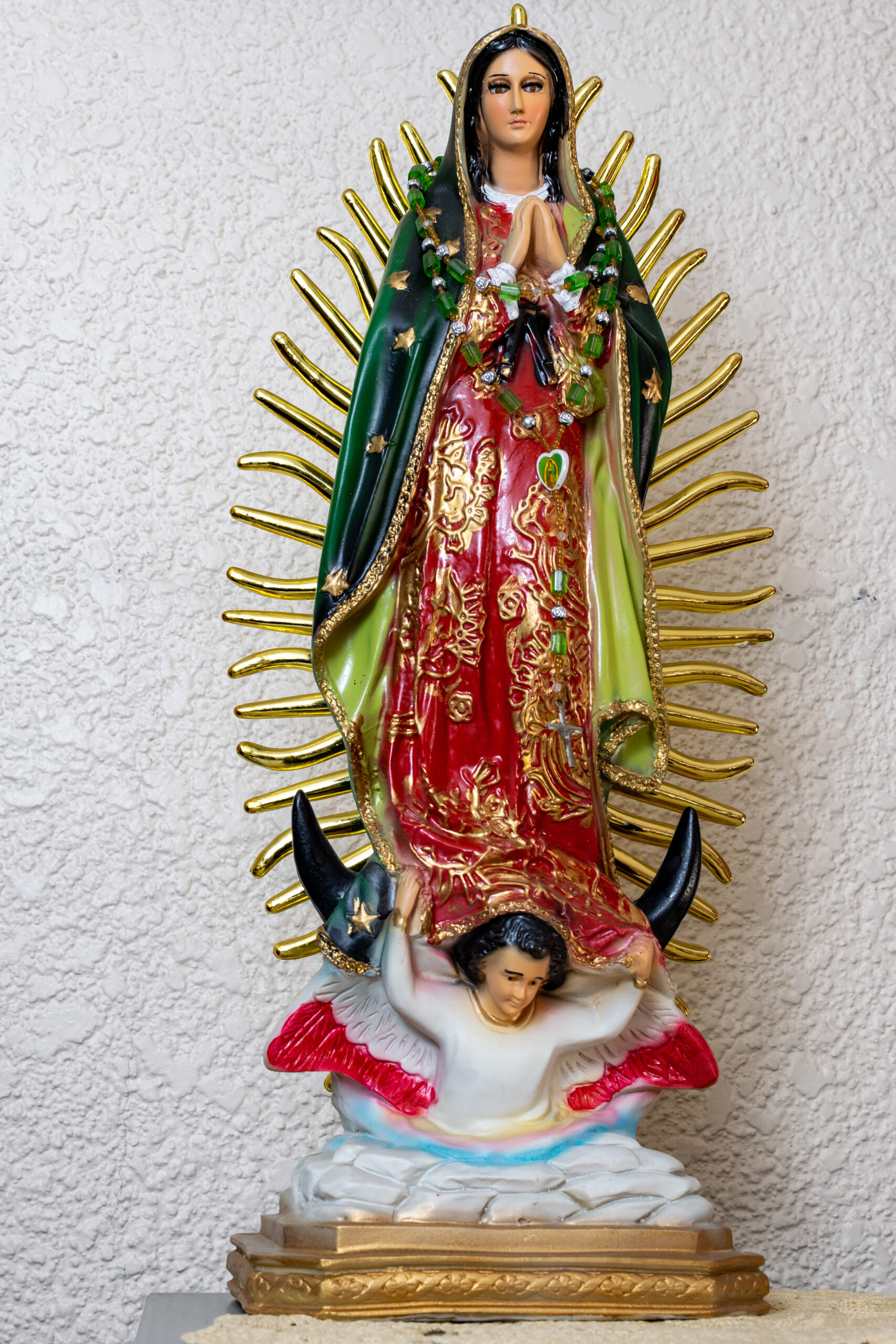
Our Lady of Guadalupe, also known as Virgen de Guadalupe, or Nuestra Señora de Guadalupe is the Virgin Mary as she appeared to Juan Diego in 1531. She has since become the patron saint of Mexico, which makes sense since that is where she appeared.
When and where exactly did she appear to Juan Diego?
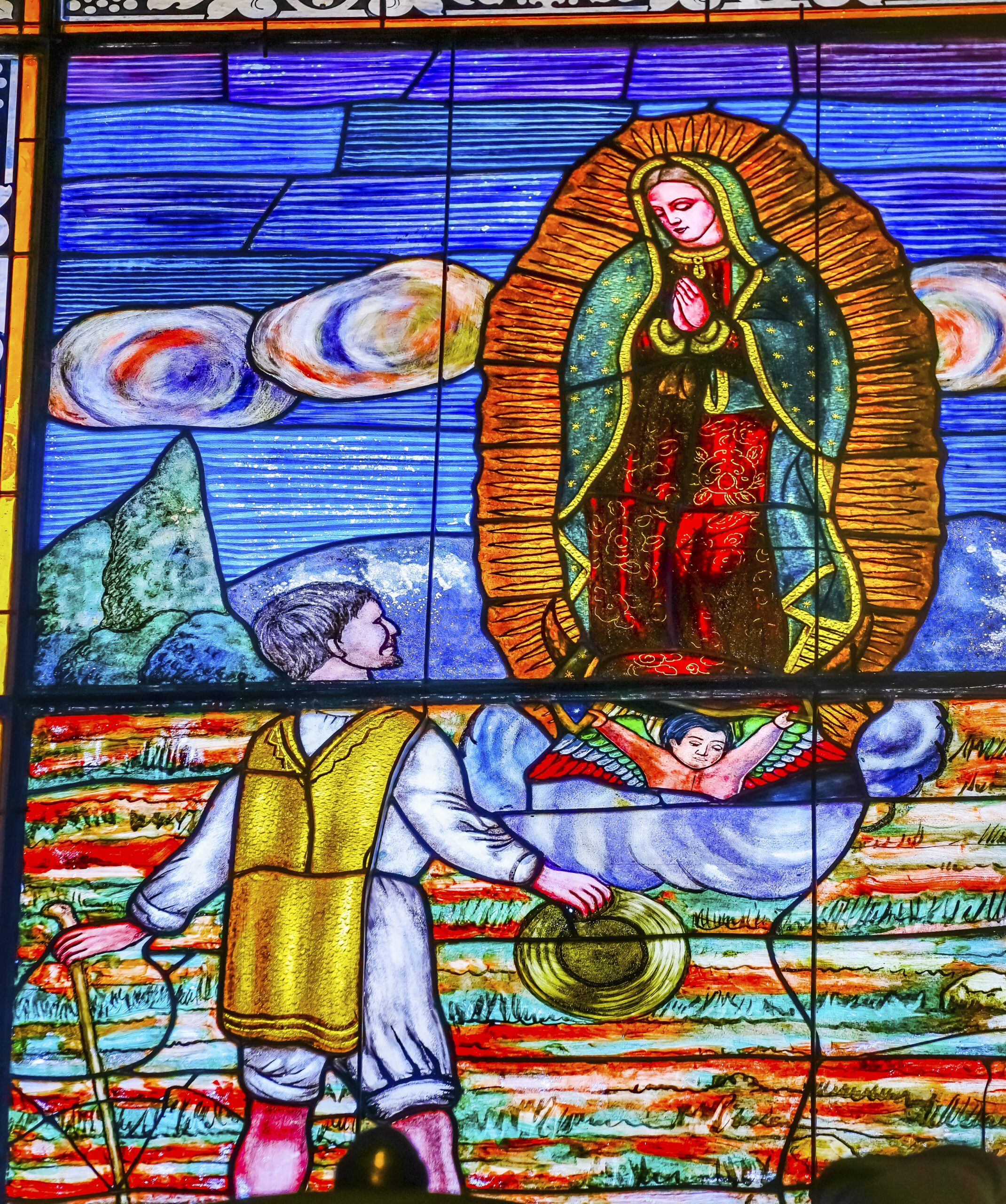
Guadalupe appeared to Juan Diego more than once, but her first appearance is said to have happened on December 9, 1531. The story that has been passed down is that Juan Diego was up early and on his way to catechism class or Mass. When he got to Tepeyac Hill, which is in what is now a suburb of Mexico City, he saw an apparition of the Virgen de Guadalupe.
Who was Juan Diego?
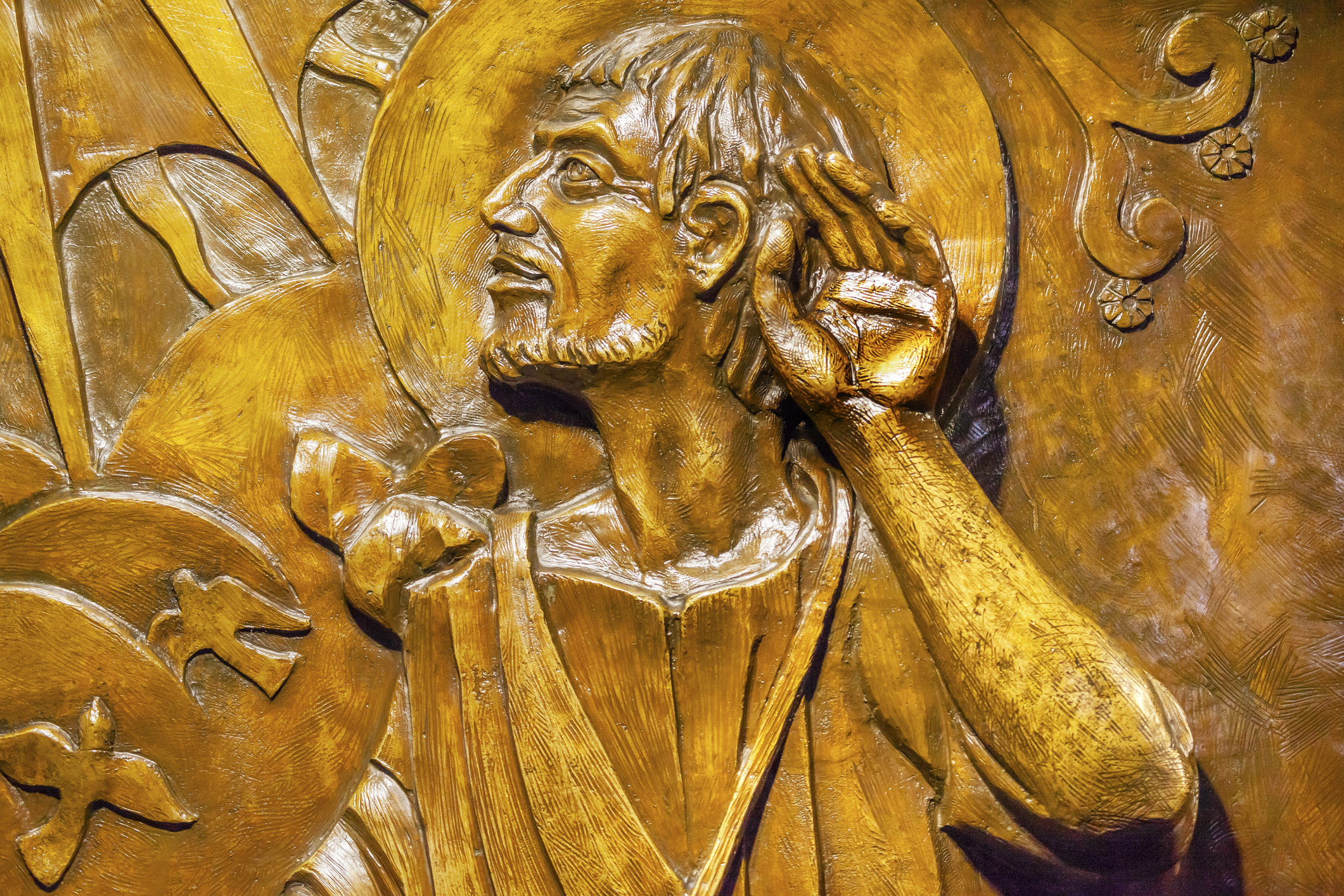
Juan Diego was an Indigenous man of Aztec heritage. His original name was Cuauhtlatoatzin, which means “the talking eagle.” Juan Diego and his wife were among the first Indigenous people to convert to Christianity after the Spanish conquest of the Aztec Empire in 1519.
What did the apparition of the Virgen de Guadalupe look like and what did she want?
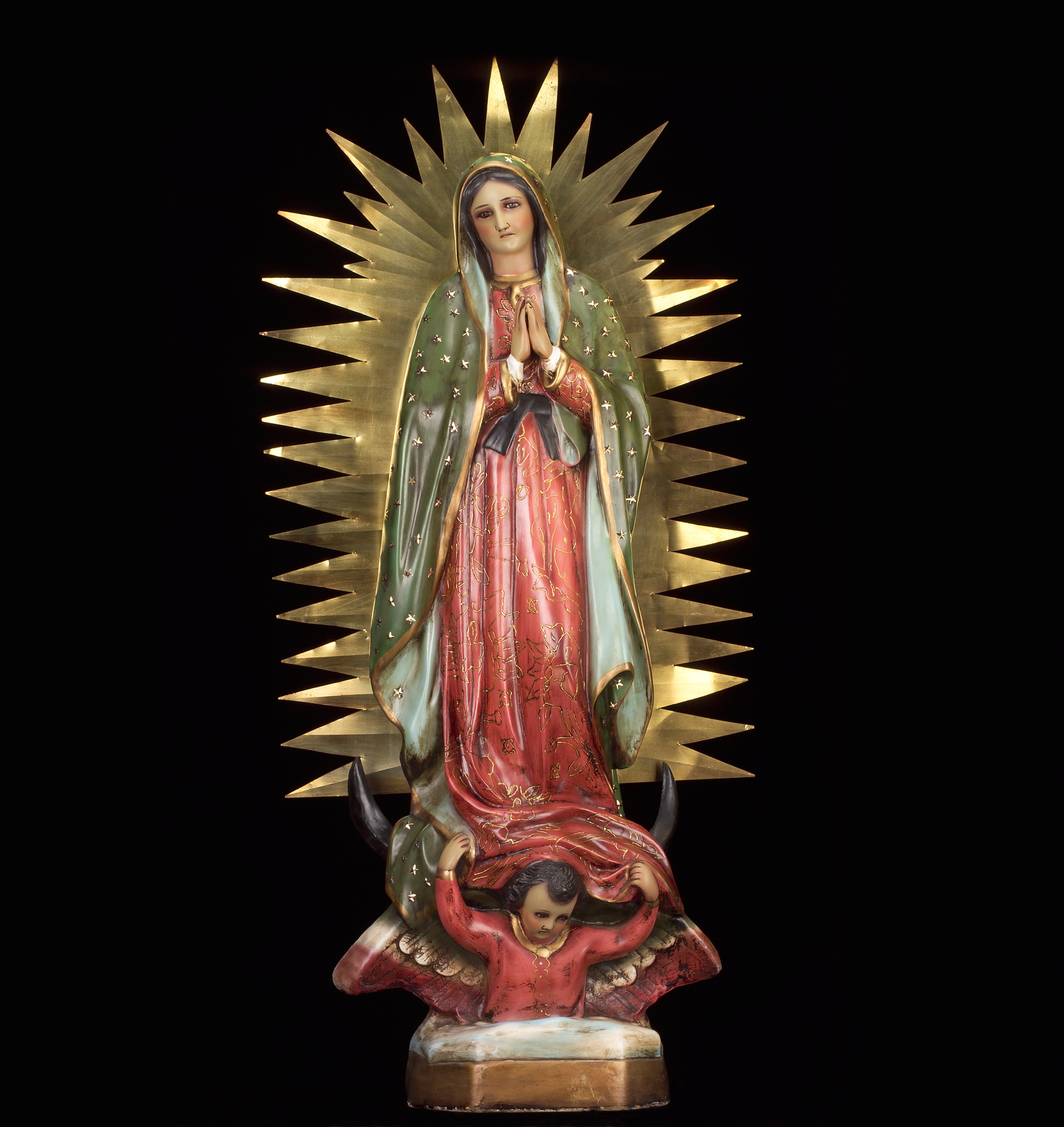
The Virgin appeared to Juan Diego for the first time on December 9, 1531 with brown skin and surrounded by heavenly light. She spoke to Juan Diego in his language, not in Spanish. She asked him to go to the bishop and tell the bishop to build a shrine in her honor on the same hill where she was appearing.
What happened when Juan Diego went to the bishop?
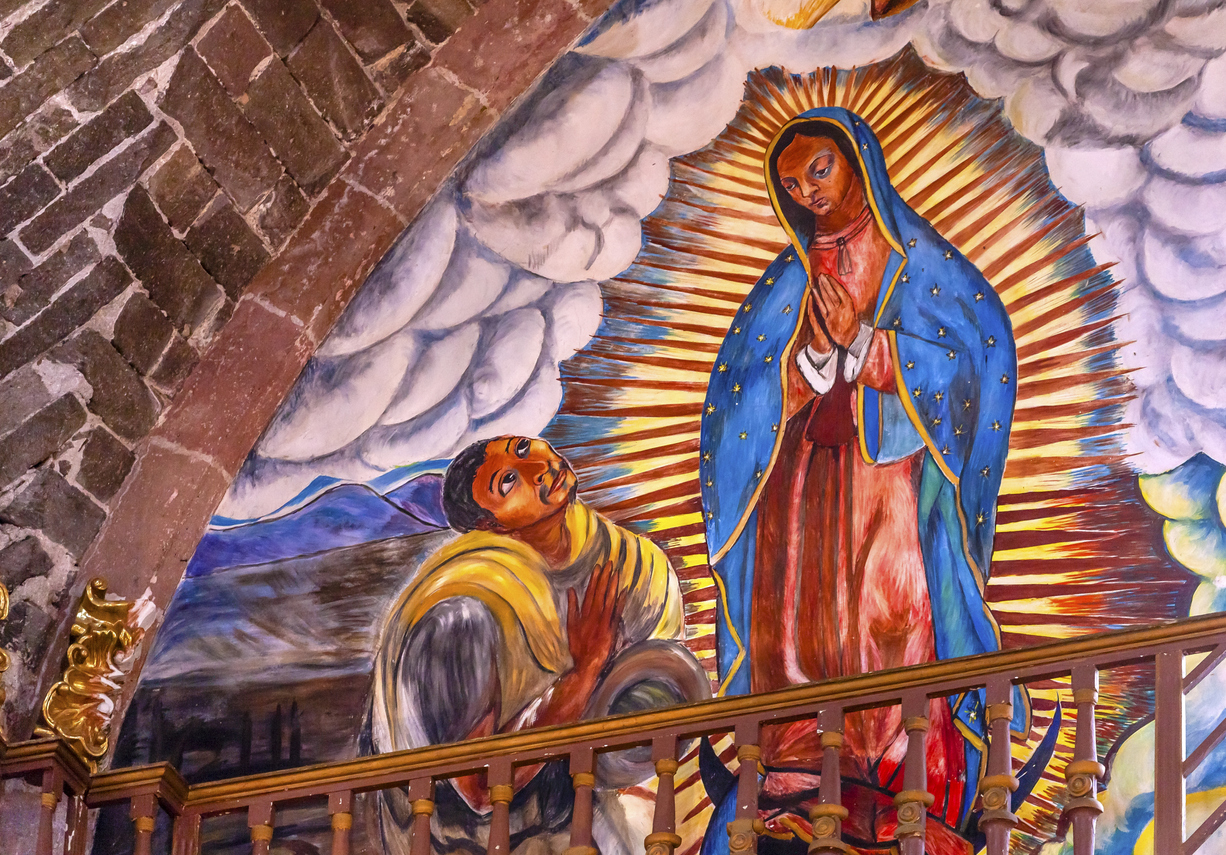
As you can imagine, the bishop was skeptical. Juan Diego returned to Tepeyac Hill later that same evening to let the Virgin know he had failed in his mission. He told her that she should get someone else who was more important to help her, but she wasn’t having it and told him to try again. That’s said to be the second time that the Virgin appeared to Juan Diego.
Juan Diego went back to the bishop.
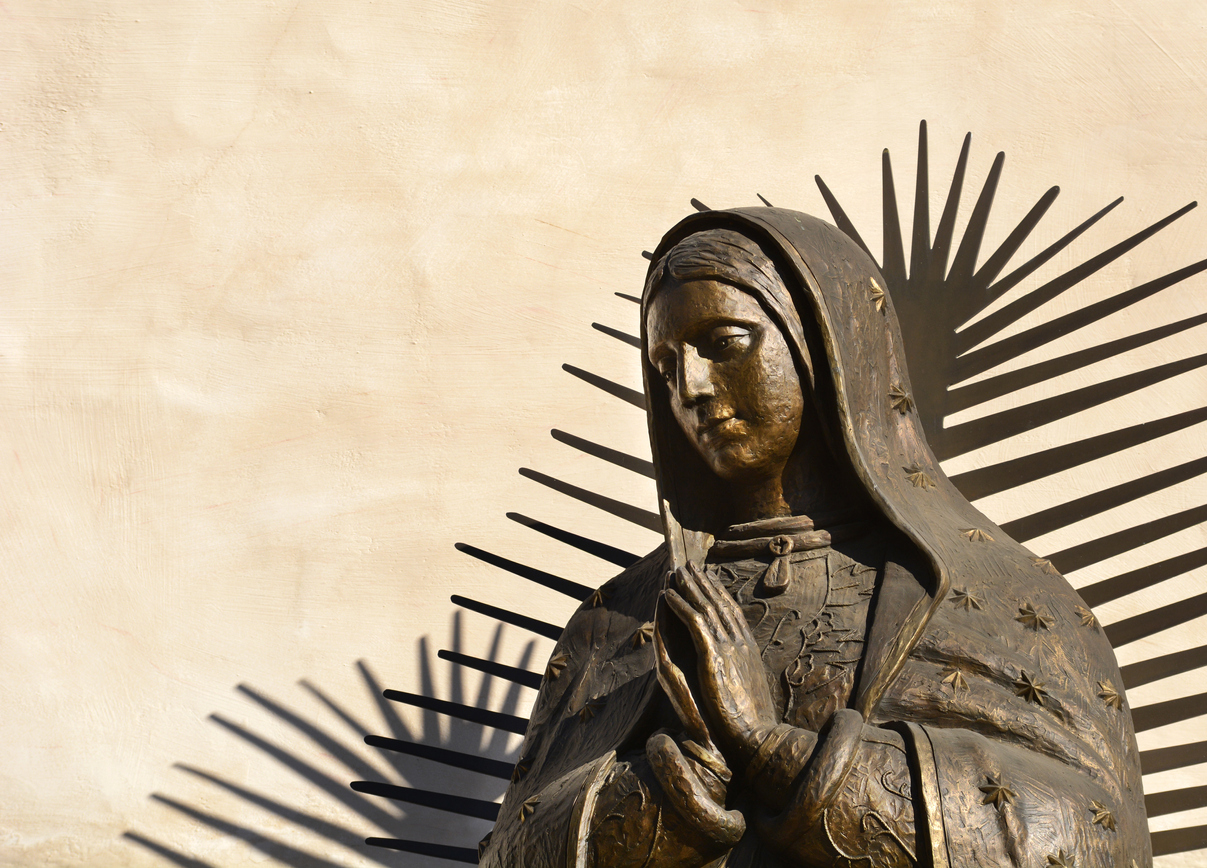
The following morning on what was Sunday, December 10, Juan Diego went back to the bishop to repeat the request. This time around the bishop asked for some kind of proof of the apparition. Juan Diego went back to Tepeyac that same day and told the Virgin that the bishop wanted proof. The Virgin said she would provide proof the following morning. That is said to be the third time the Virgin appeared to Juan Diego.
Unfortunately, something important got in the way.

Juan Diego didn’t show up to get proof from the Virgin when she told him it would be available because his uncle was dying and he felt obligated to deal with that situation. His uncle’s condition was so poor that on December 12, Juan Diego headed to church in Tlatelolco to get a priest to administer last rites.
Since Juan Diego didn’t come to the Virgin, she came to him.
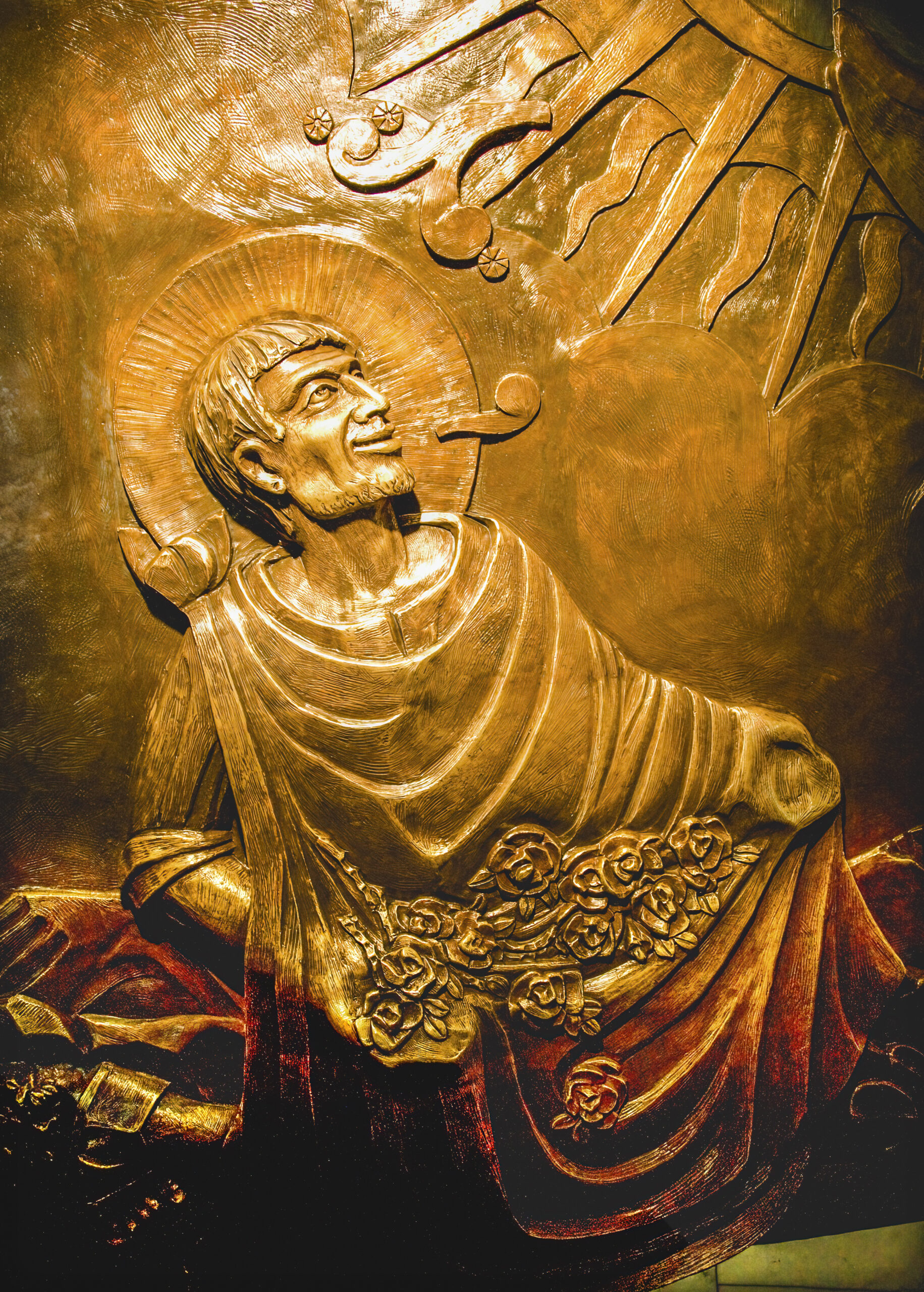
Juan Diego took a different route to the church to get the priest for his uncle because he didn’t want to run into the Virgin on Tepeyac Hill again. The Virgin decided to appear to him on this different route anyway. When Juan Diego explained why he was avoiding her, she asked “¿No estoy yo aquí que soy tu madre?” (Am I not here, I who am your Mother?) She told Juan Diego not to worry about his uncle because he would recover and to instead go up the hill and collect flowers that were growing there as proof for the bishop.
Juan Diego found flowers where there should not have been flowers.
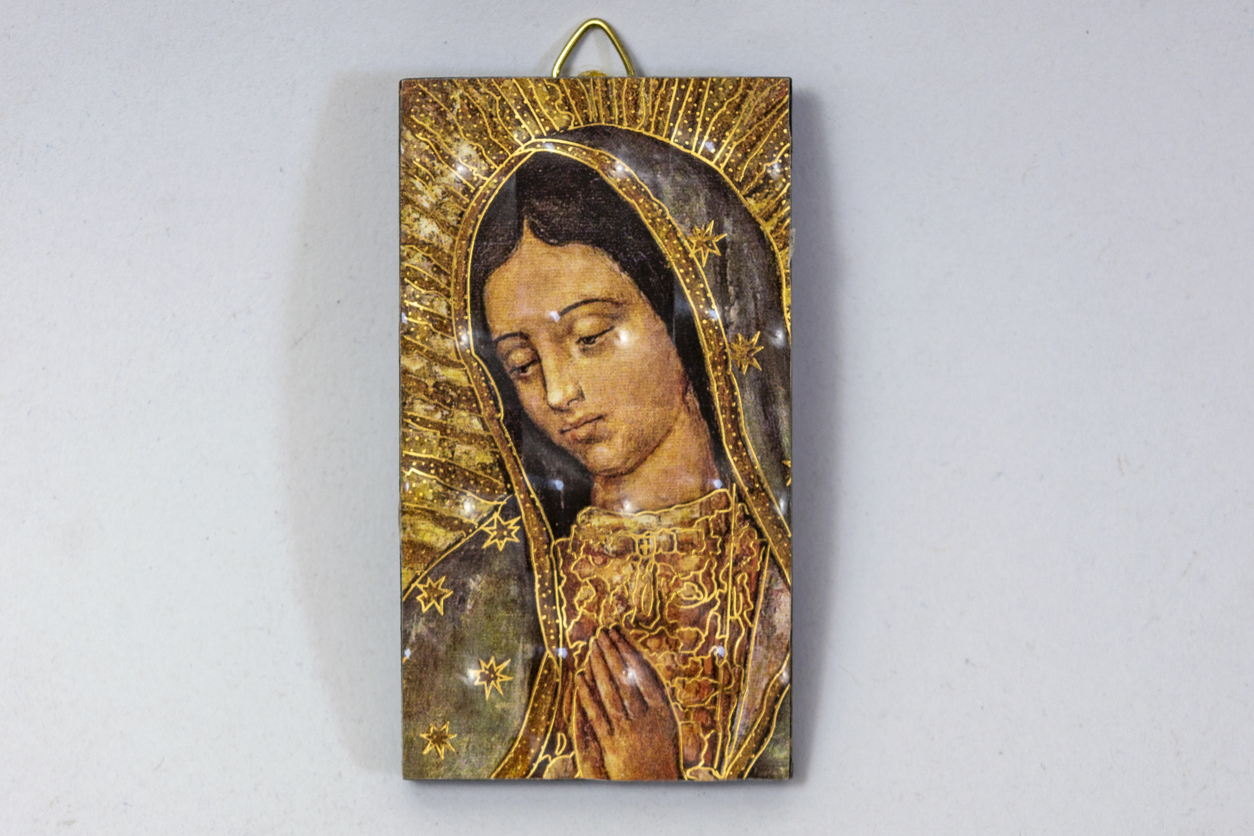
He headed up the hill as he was instructed and found flowers blooming out of season where normally only cactus and scrub would grow. He scooped them up inside his tilma, a type of cloak, and took them back to the Virgin. She rearranged them inside his cloak and sent him off to show them to the bishop.
Juan Diego headed off to see the bishop.
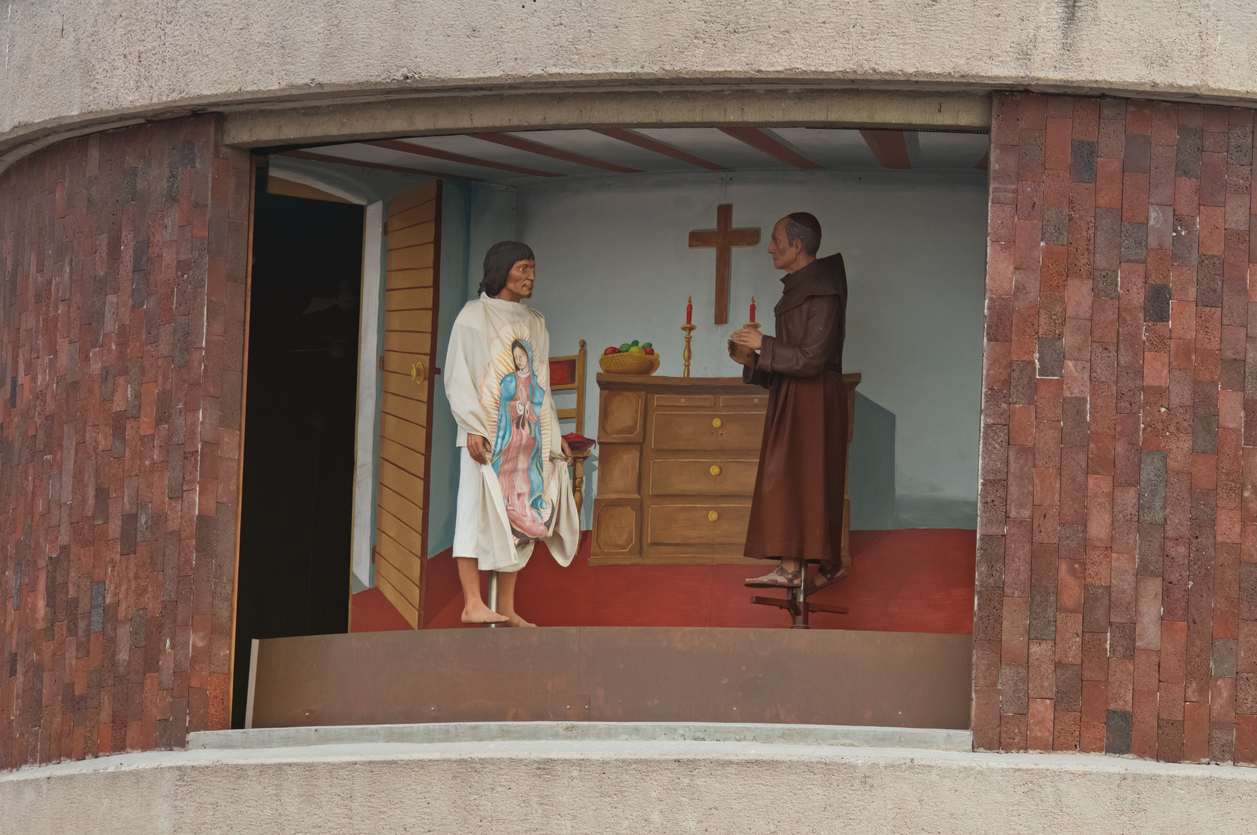
In front of the bishop, Juan Diego opened his tilma. The flowers fell to the floor and revealed an image of the Virgen de Guadalupe imprinted inside of Juan Diego’s tilma. The bishop took that as proof positive that the apparitions were real.
Turns out the Virgin also visited Juan Diego’s sick uncle.
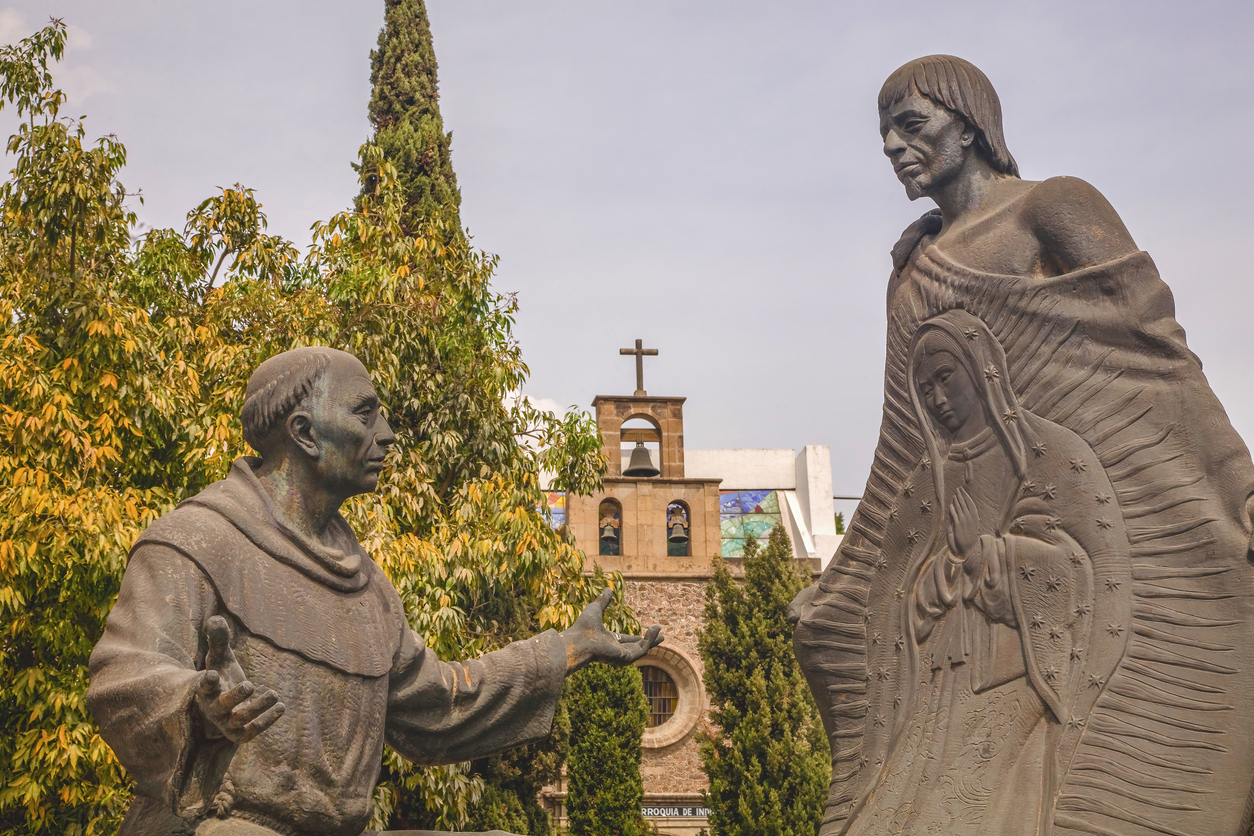
The day after providing proof for the bishop, Juan Diego went to see his formerly sick uncle, Juan Bernardino, who was now fully recovered thanks to a visit from the Virgin. Juan Bernardino told his nephew that Virgin has appeared to him at his bedside and cured him.
That’s when the Virgin named herself.

The Virgin told Juan Bernardino to let the bishop know of her apparition and how she had cured him. She also wanted him to tell the bishop that she wanted to be known as Guadalupe. And so, we know her as La Virgen de Guadalupe or Nuestra Señora de Guadalupe.
The image of the Virgin is a pictograph.

In other words, the image contains pictorial symbols that were immediately significant and identifiable to the Indigenous people of the area. That imagery and that she appeared to an Indigenous man are said to have helped to convert many Indigenous people to Christianity.
Unlike most depictions of Mary, Guadalupe is of mixed race.
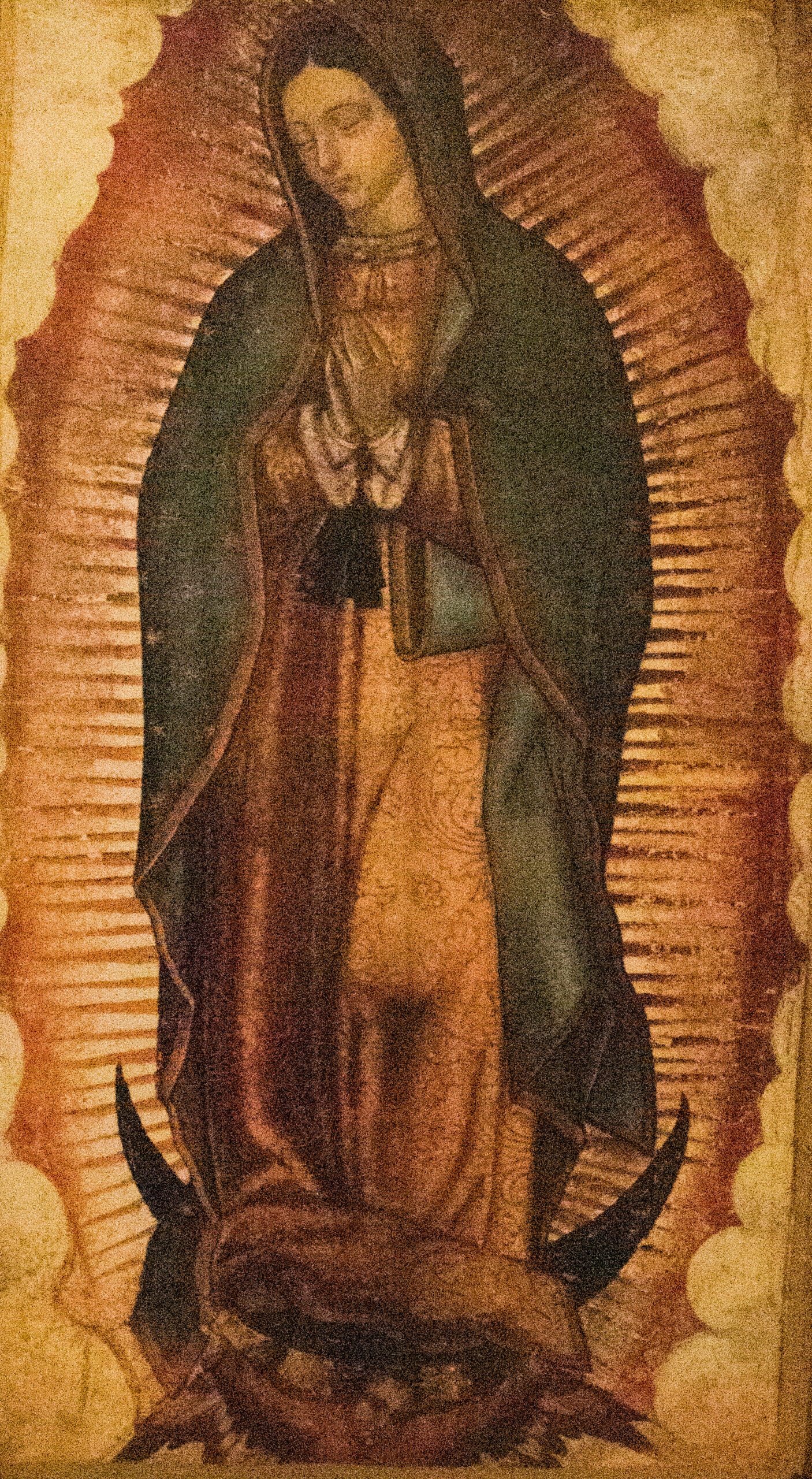
Guadalupe is mestiza, a product of Aztec and Spanish cultures coming together to create a mixed people and a mixed culture. She appeared more than a decade after the conquest of Mexico and reflected what many mixed children looked like in coloring and appearance.
How we know Guadalupe was an actual virgin and pregnant?
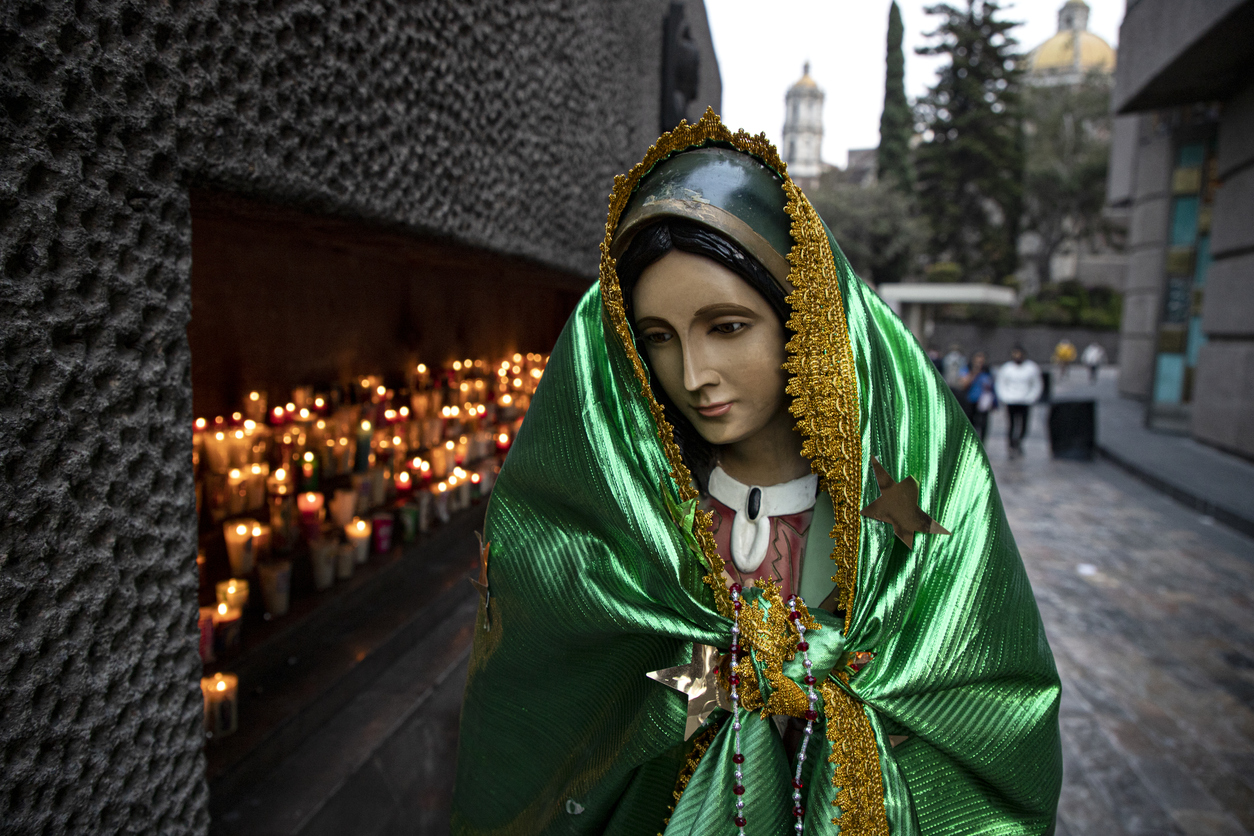
The image of Our Lady of Guadalupe shows her with a center part and her hair hanging loosely, which back then would have indicated that she was a virgin maiden. She is shown wearing a dark ribbon tied around her waist, which is a symbol of life for the Aztecs, meaning that she was with child.
What does it mean that she is standing in front of the sun?
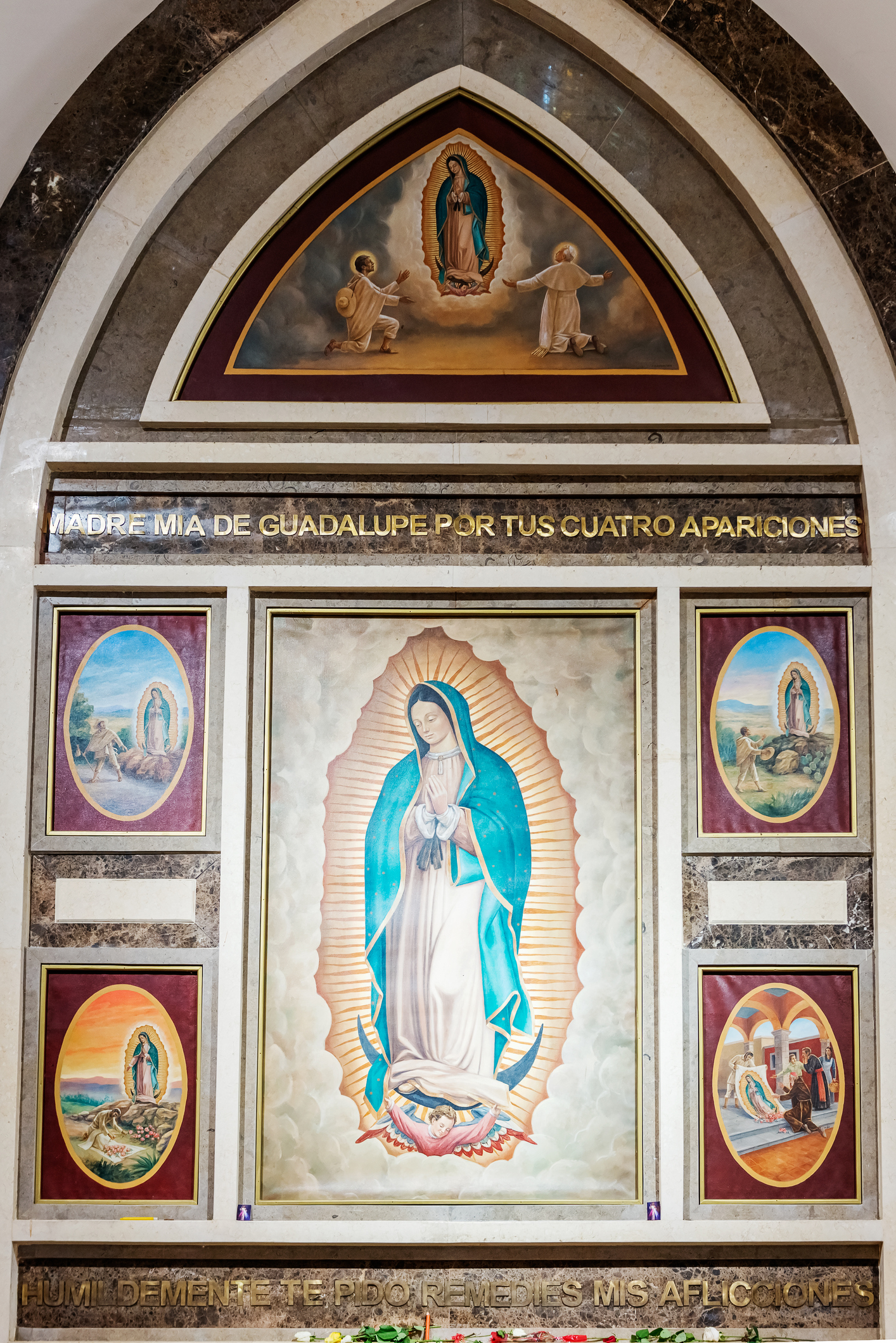
Guadalupe stands in front of the sun. The sun in the form of Huitzilopochtli was the greatest Aztec god, so it’s like she is announcing the introduction of an even greater god while still acknowledging the beliefs of the Aztecs.
Her image lets us know that she herself is not God.
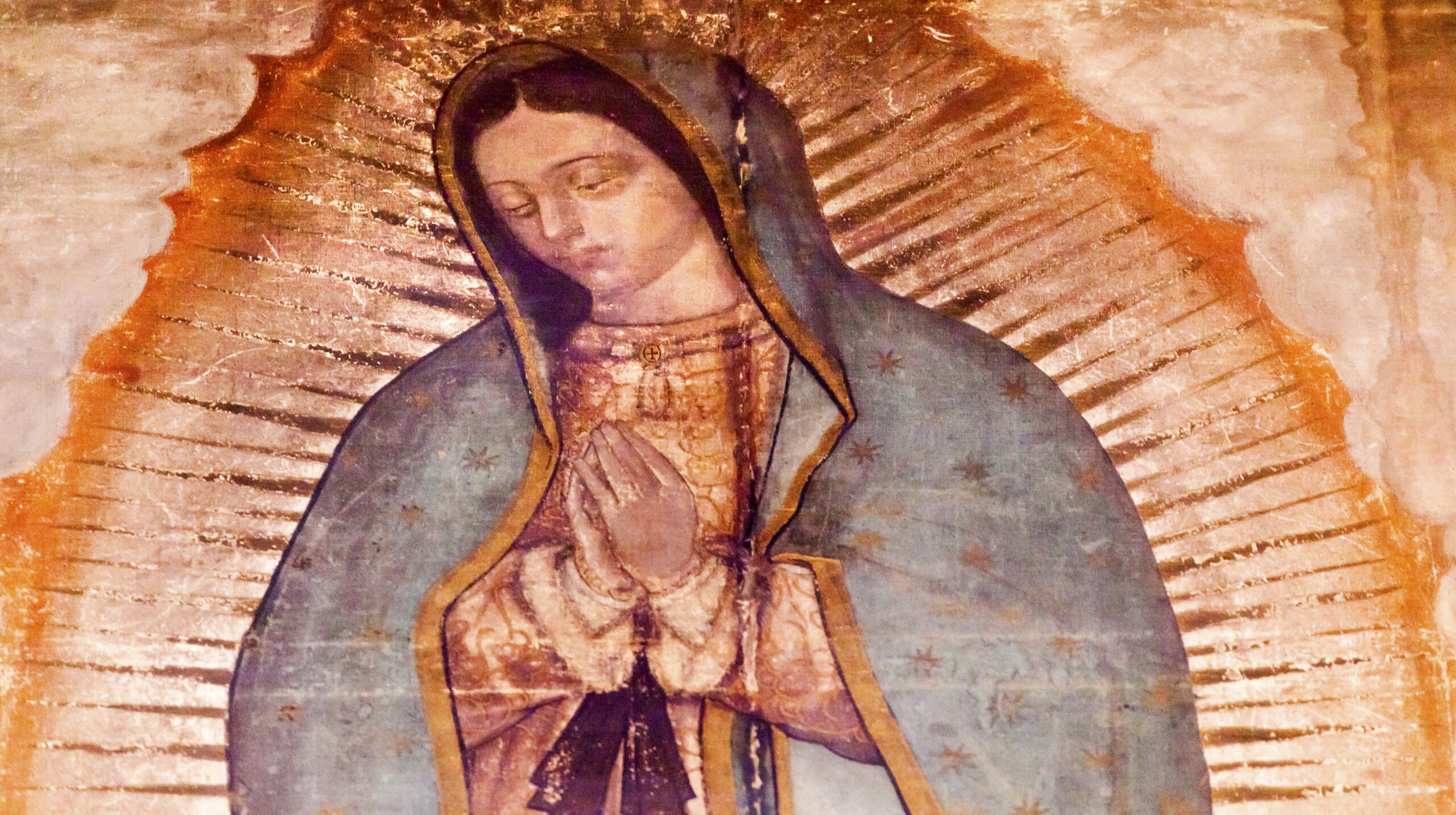
We know this because her hands are held in prayer, so she is praying to a power greater than herself. Also, her hands are pointing to a brooch that she is wearing that has the depiction of a cross on it.
Her garments let us know that she is both of heaven and earth.
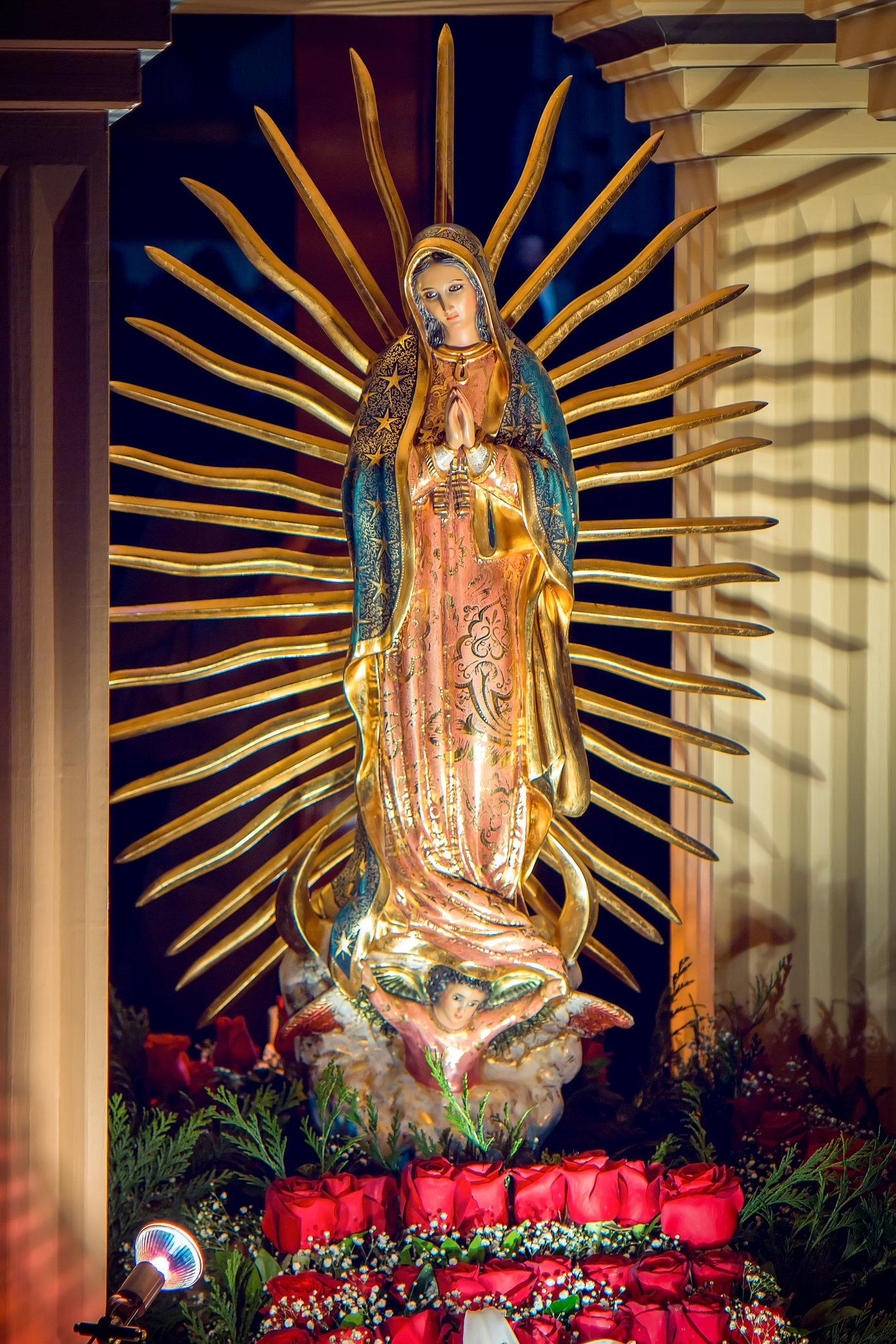
Her tunic is the color of earth, her star-adorned mantle of blueish green is symbolic of the heavens. The way the symbol of the heavens covers the earth is a representation of God’s embracing love of mankind.
She is an Aztec princess.
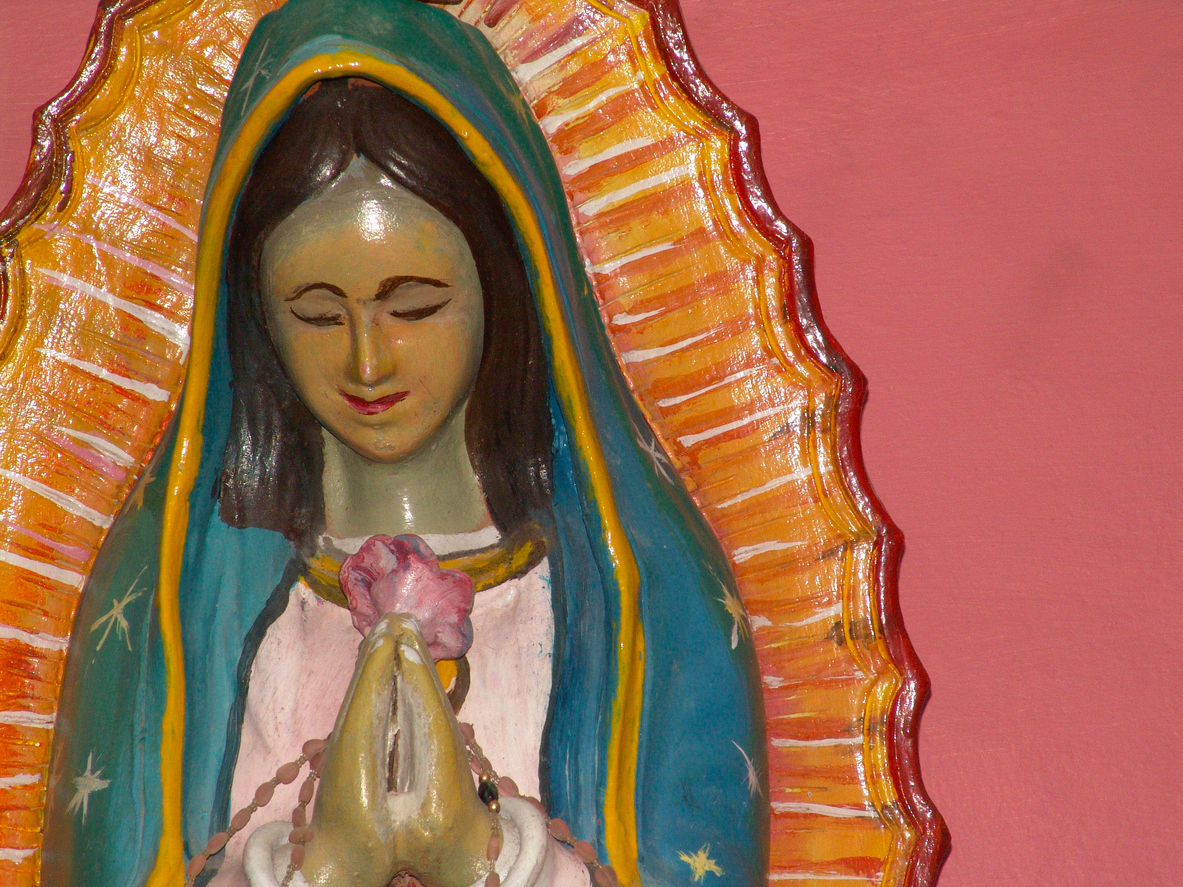
How do we know this? Because the color of her starry mantle is the color of royalty for the Aztec people. Only Aztec emperors wore that color. That she is wearing it makes her an Aztec princess in the eyes of those who recognize the symbolism.
What happened to Juan Diego's tilma with the image of La Virgen de Guadalupe?
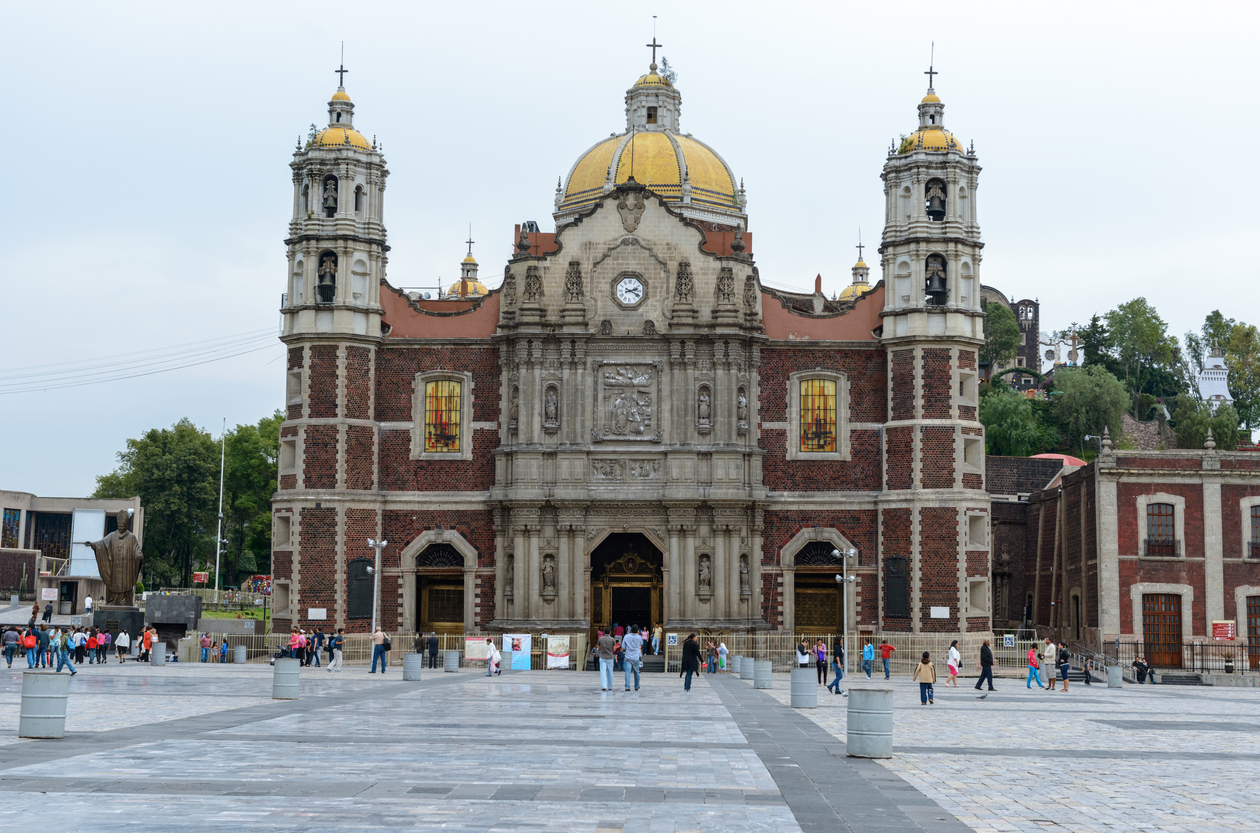
The image still exists and is kept in the Basilica of Guadalupe in Mexico near the spot where Guadalupe first appeared to Juan Diego. It is considered miraculous by many that the image remains intact and as vibrant as it was back in 1531 because Juan Diego’s tilma is made of cactus fiber that normally only lasts about 30 years.

